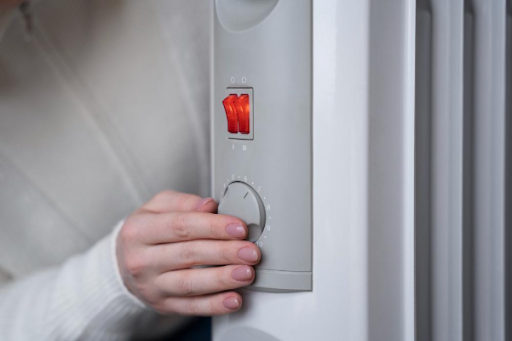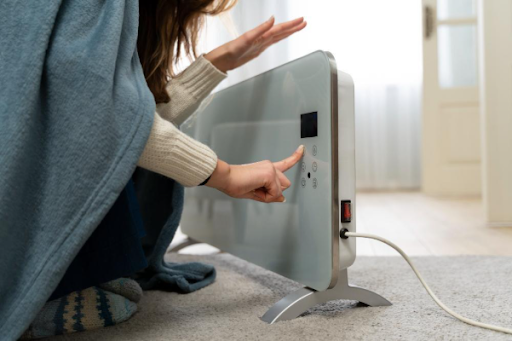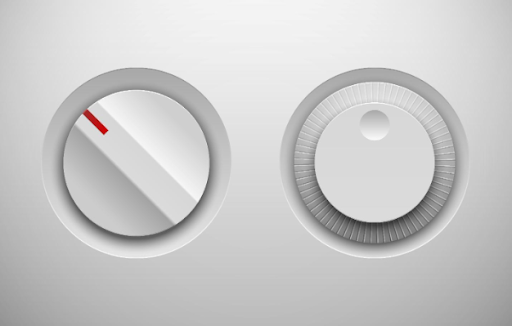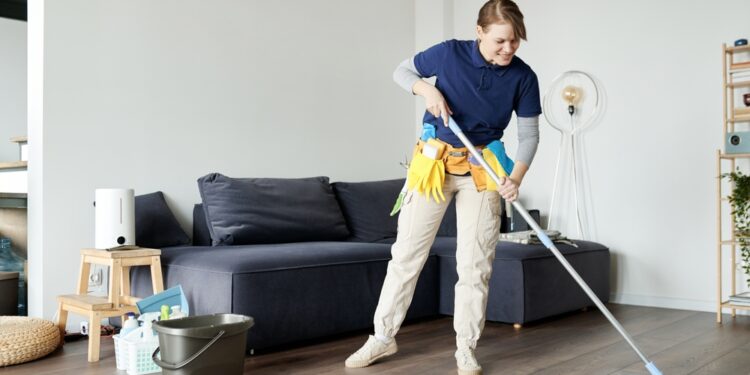Few things are more irritating to wake up to than a bone-cold house when you find out your furnace has taken a sudden vacation day. It’s easy to panic and assume the worst, but the solution is often much simpler than you would think.
Modern furnaces have safety controls that cause them to shut down when they detect an issue. It’s not always a sign of serious trouble. In truth, it could be something you can fix yourself before calling a technician.
Understanding when to reset your furnace safely can save you time, stress, and a service call. But there’s a right way to do it, and it starts with understanding why your system shut down in the first place.
If you are feeling colder in the house than you think you should, don’t blindly rush into troubleshooting. A little guidance can go a long way toward getting the heat flowing again.
Know How to Reset Your Furnace the Right Way
When your heat suddenly cuts out, the first thing to do is ensure you reset your furnace the right way. This is not a matter of pressing a button and crossing your fingers. Furnaces go offline to prevent safety threats like overheating, ventilation problems, or ignition malfunctions.
A reset might fix a false trigger or a minor problem. To perform this power reset, press and hold the reset button, which is generally a red button near the burner or blower motor. Remember to turn off the furnace’s power entirely before pushing it.
This will ensure no electrical problems when you are working with the equipment. Give it a minute or two, then hit the reset button hard. Reopen the power, and listen. If the furnace kicks back on and stays on, you’re good. But if it keeps tripping or resetting frequently, it might indicate a more serious problem, requiring professional intervention.

Check the Thermostat Before You Panic
A faulty thermostat causes an unexpected number of “broken furnace” calls. If the thermostat is not set correctly, the furnace will not run.
Begin by ensuring it’s set to “heat” as opposed to “cool” or “off.” Also, check the temperature setting as someone may have inadvertently knocked it down. If it’s battery-powered, the batteries might be dead.
Swap them around and check that the display lights up as it should. Occasionally, the system needs the temperature to be raised a few degrees to get it going. If the thermostat seems OK but the furnace doesn’t run, you should check if the furnace needs a reset.
Look for Tripped Circuit Breakers or Blown Fuses
Furnaces require electricity, even if they are powered by gas. That means any electric hiccup can stall the whole system. If you reset the furnace and it won’t start, look at your electrical panel first.
Start by turning off your furnace’s power and looking for tripped circuit breakers. You can find these on the air handler and outdoor unit, and flip both off. Again, wait a few minutes before turning the tripped breakers back on and restoring power to your furnace.
A one-time glitch may not mean so much, but repeated tripping indicates a larger problem, like an electrical fault or an overloaded circuit. Older systems may also rely on fuses rather than breakers. If it is, check for a blown fuse and replace it with one of the same rating.

Check the Air Filter: It Could Be Choking Your Furnace
It’s simple to overlook the air filter, but it has a significant impact on the efficiency of the furnace. The filter impedes airflow if too much dirt builds up. As a result, the furnace overheats and shuts off on safety.
If your furnace suddenly stops working, check the air filter first. A dirty filter appears dusty, gray, or, if it has captured a fair amount of debris, even black. If you can no longer see through it, it will be a long time before you can update it.
Replace it with a new filter and try resetting your furnace again. This easy fix often turns the heat back on. Changing your filter every three months is also one of the best furnace maintenance hacks that prevent shutdowns and improve your home’s air quality.
Check the Outside Heat Pump or Intake Vents
If you have a heat pump or a high-efficiency furnace, a blocked outdoor component could also be to blame for the shutdown. Natural factors, such as snow, leaves, dirt, or debris, can obstruct outdoor heat pump coils, air intakes, and exhaust vents.
When they become clogged, the system has trouble drawing in the air or pushing out the exhaust, which activates safety switches that temporarily shut the furnace down.
Go outside and check the heat pump unit and any outdoor vents. Remove any snow, ice, or other debris that is causing the obstruction. Ensure at least two feet of space around the heat pump for airflow.
Once they are all clean, attempt to reset your furnace and see if it restarts. In many cases, this can make all the difference on deep snow days or windy fall days.

Final Thoughts
When the heat suddenly gives out, it’s easy to jump to the worst-case scenario. But often, it’s as simple as resetting your furnace or noticing a clogged filter. Some issues are easy for homeowners to fix, while others require a professional’s attention.
The secret is to understand where that line is. Start with the obvious—inspect the thermostat, circuit breakers, air filter, and reset button. Check the outdoor unit or vents if you have a heat pump, or inspect the intake pipes.
A little knowledge can save you a lot of trouble by keeping your furnace running smoothly.












